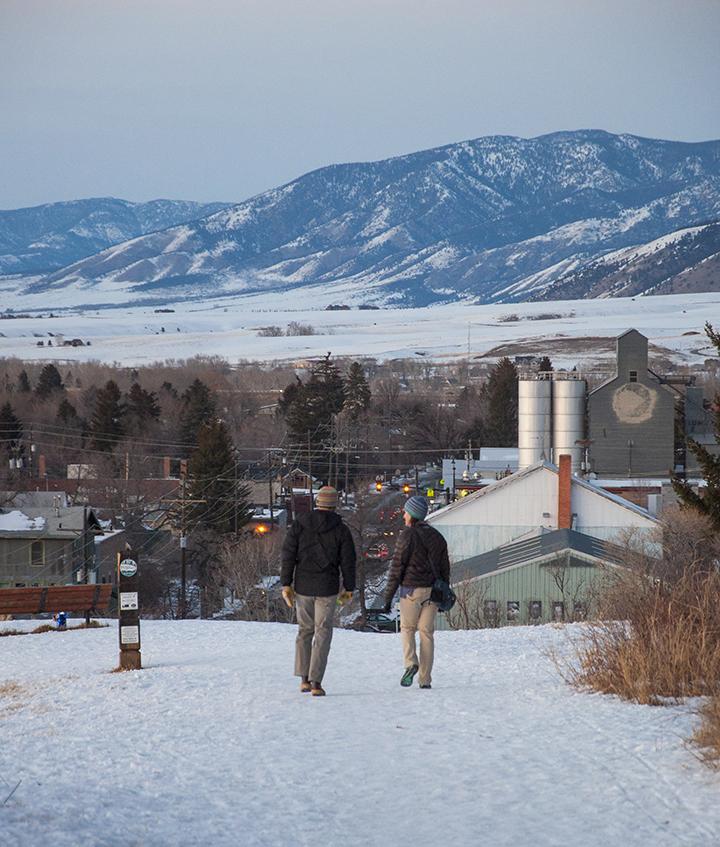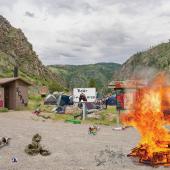We're #1. Great.
The beginning of the end.
According to the U.S. Census Bureau, more than 1.7 million Americans move from metropolitan areas to rural areas or small towns each year. And like it or not, Bozeman has been rated the number one “dreamtown” for such migrants. Bizjournals, the media division of the nation’s largest publisher of metropolitan business newspapers, recently compared the U.S.’s 577 micropolitan areas (a county or cluster of counties that is economically dependent on a central city, town, or village with 10,000 to 50,000 residents) in various categories to rank the towns with the highest quality of life, which they call dreamtowns. Bozeman came in first, thanks to, among other factors, a 28% increase in small businesses over the past five years, a 15.3% population increase in the last decade, and the sixth most-educated adult population among the nation's small communities (41% have college degrees). MSU, proximity to mountains and rivers, and a low crime rate didn’t hurt either.
According to Bizjournal, the study’s goal was to “give the highest marks to small, well-rounded communities where the economy is strong, traffic is light, the cost of living is moderate, adults are well-educated, and access to big-city attractions is reasonably good.” Not surprisingly, seven out of the top 10 dreamtowns are in the West.
With such high ratings and widespread advertisement of Bozeman’s beauty, how long will Bozeman remain the #1 mountain dreamtown? Granted, it’s not news to anyone that Bozeman is a popular escape from the big city, and population growth is inevitable for any appealing and successful town. Nonetheless, the cynical nickname “BozAngeles” is threatening to become a not-so-appealing reality in the near future. Rather than a quixotic struggle against more growth, the only solution to Bozeman’s potential demise is good residential and commercial planning. Whatever the outcome, Bozeman’s high ratings foreshadow big changes for the future of the area.













